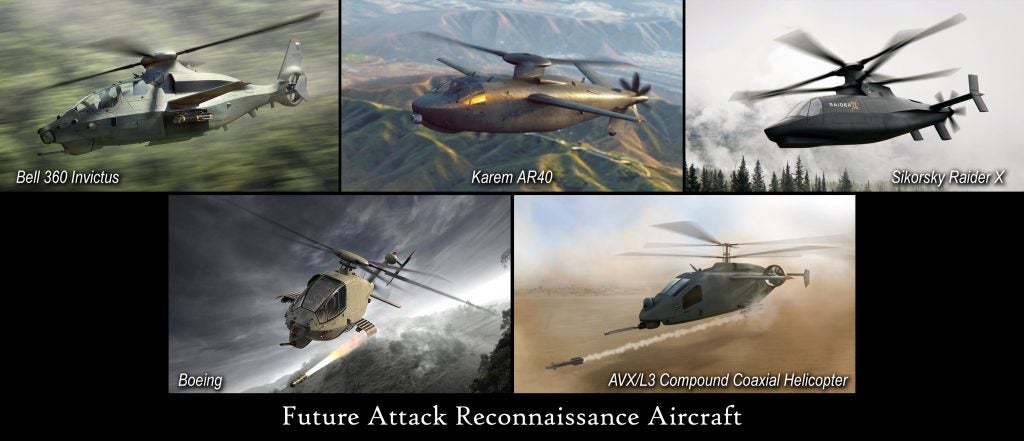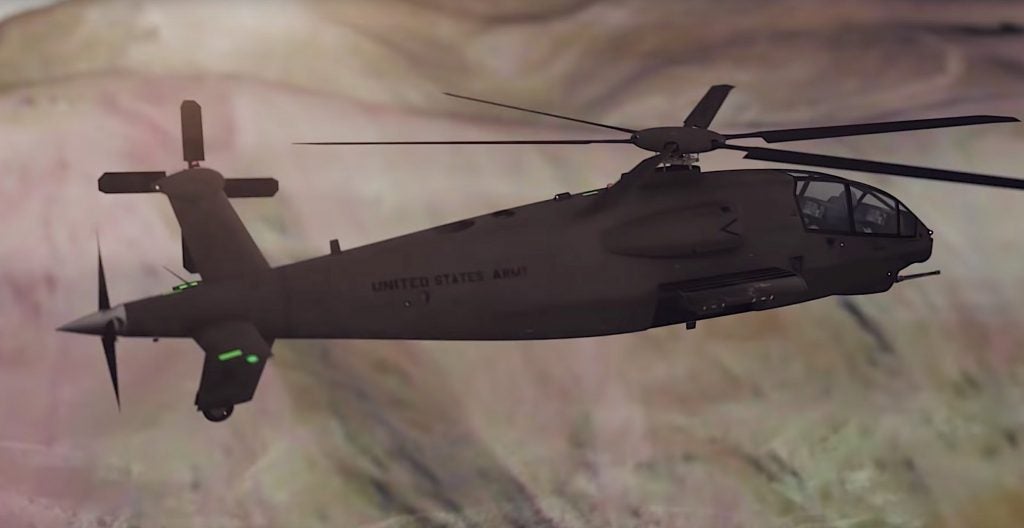Boeing Reveals FARA Design as Downselect Approaches
After months of teasing, Boeing has finally revealed its proposed design for the US Army’s competition to supplement and eventually replace the Apache. Boeing says this is because they desired to keep their design a secret until the deadline to maintain a competitive edge. As the manufacturer of the aircraft being replaced Boeing carries a certain advantage, however, unlike their competitors, Boeing has not been flying developmental prototypes. This puts them at a disadvantage to Sikorsky who have been flying their S-97 Raider for 3 years now which will serve as the basis for their FARA entrant, Raider X. Bell has opted to use their civilian 525 Relentless as the base for their entrant, 360 Invictus, taking advantage of 4 years of flight testing.

So far more than anything else FARA appears to be a competition to produce the best propulsion system. With Boeing’s entrant now revealed, it can be said that each of the 5 aircraft has its own unique propulsion system. This in itself is remarkable as up until this point every attack helicopter ever to see service has had a single rotor and tail rotor setup, the only exception being designs from Russia’s Kamov, such as the Ka-50. To diverge from this is significant but to diverge in 4 different directions is remarkable, with only Bell sticking to the traditional setup. Sikorsky is proposing a rigid coaxial rotor with a pusher, AVX a non-rigid coaxial rotor with two pushers, and Karem proposes a single rotor with a tail rotor that can pivot to become a pusher.
Finally, there’s Boeing, with a single rotor and both a tail rotor and a pusher. Previously, Boeing had shown off a wind tunnel model of an Apache configured in this manner so the choice isn’t a complete surprise. In fact, the configuration goes all the way back to the AH-56 Cheyenne that first flew in 1967. The Cheyenne was a Lockheed design and was intended to become the Army’s first purpose-built attack helicopter. However, it was ahead of its time and the lack of digital flight and fire control systems resulted in a less than desirable aircraft. In 1972 it would be cancelled and Apache was adopted instead.


